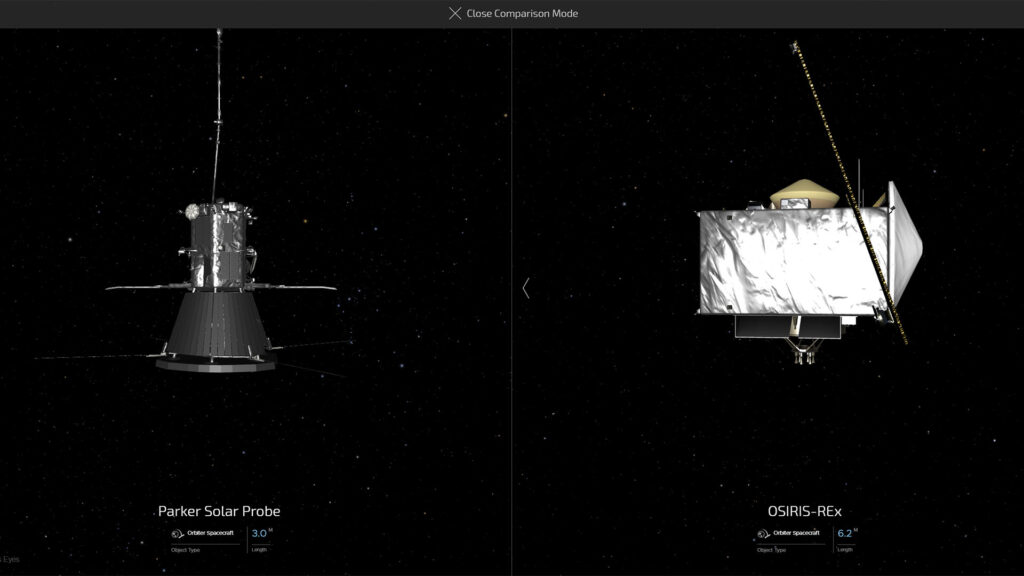Thanks to NASA, you can navigate the Solar System and see in real time where various interesting objects are, such as asteroids, planets and comets, but also space probes.
It is the object built by humanity that is farthest from Earth. The Voyager 1 probe is now more than 23 billion kilometers away. It is a considerable distance which is the result of a long journey of 44 years. And it’s the same for Voyager 2. So much so that they are in the process of leaving the Solar System, escaping the influence of the Sun.
But the Solar System turns out to be populated by many other space probes, which are not so far away, however. Besides, where are they exactly? To find out, the American Space Agency (Nasa) has a very practical site for viewing the position of these machines in real time. And also to observe that of all kinds of interesting objects.
This site is called JPL Eyes. With it, it is possible to follow NASA probes, asteroids and even all the planets that make up the solar system. We obviously have Pluto, even if its status is the subject of discussion among planetary scientists and astronomers – it lost its status in 2006 to be reclassified in the category of dwarf planets.
The site is resolutely geared towards the public, a way for NASA to bring space news to as many people as possible. Other initiatives of this type exist: we can cite its mini retro game, Roman Space Observerto hunt exoplanets, supernovae, black holes and thus share the progress of his discoveries while having fun.

A site for exploring the solar system
JPL Eyes offers visualization of the Solar System, giving you the ability to track a wide variety of probes, planets, comets and asteroids. Please note, however, that the site is only accessible in English. You can move back or approach with your mouse wheel, but also change the orientation of the camera with the mouse pointer or the keyboard.
If you click on an element of the map, whether it is a probe or an object, you will be able to bring up a small identity card giving you indications: for example, when the probe was launched, what type is it? , what is it targeting, etc. You can even make comparisons with other probes to gauge the dimensions of the gear a little.

Note that this also works with planets and other interesting bodies in the Solar System. It’s a good way to recall, for example, the gigantism of the Sun compared to the worlds that revolve around the star. Or to find that Venus and Earth have a similar profile. There is a search field to find something in particular.
If you don’t know what to look for, maybe you could check out the DART mission — a probe that will be used to deflect an asteroid, to practice whether such a body ever crosses Earth’s path. Or, we suggest you go and see the James Webb telescope. He made the news with grandiose shots of space.

